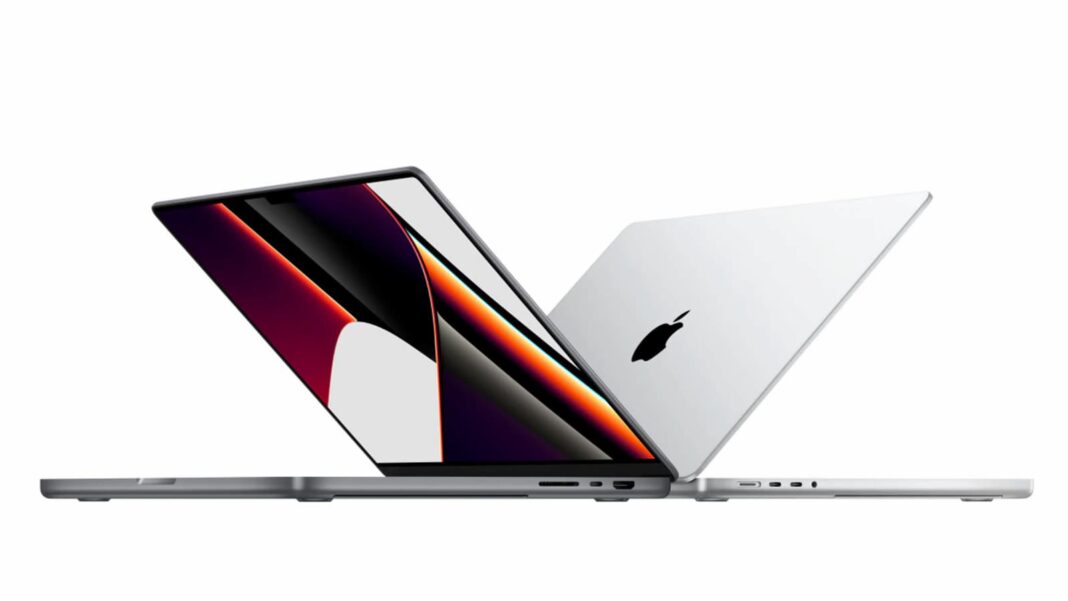MacBook Bluetooth Connectivity: Are you experiencing issues with your MacBook’s Bluetooth? Examine the reasons behind your Macbook’s non-working Bluetooth and learn how to get your gadgets connected again.
Reasons Your MacBook Bluetooth Connectivity Might Not Turn on or Work Correctly
Several things can cause Bluetooth connectivity issues on a MacBook, including:
-
There’s a problem with the settings or.plist file. The Bluetooth.plist file’s settings may be destroyed or not work.
-
MacOS boot problems or outdated updates. MacOS booting issues or missing updates can mess up Bluetooth connections.
-
Problems with SMC and PRAM/NVRAM. Problems with the System Management Controller (SMC) or parameter RAM (PRAM)/Non-Volatile RAM (NVRAM) can affect Bluetooth.
-
Overload on the peripherals. You might have Bluetooth issues if you connect too many peripherals at once.
-
Overloading the system and not optimizing it. An overloaded system and insufficient optimization can affect Bluetooth performance.
-
The Bluetooth module died. Bluetooth components can have physical flaws or failures that cause connectivity problems.
How to Watch Yankees on Amazon Prime: A Complete Guide for Fans in 2024
How to troubleshoot MacBook Bluetooth: 8 expert tips
1. Reboot the Bluetooth device
You may need to turn Bluetooth off and on in order to reset the connection, which often resolves problems with detection.
2. Start your MacBook again
If Bluetooth is not functioning properly, a simple restart can resolve the problem.
3. Test the Bluetooth module
Reset the Bluetooth module through the terminal in order to resolve internal errors that are causing malfunctions.
In addition, peripheral devices should be disabled
Connected USB and Bluetooth peripherals should be temporarily deactivated, then restarted and reconnected.
5. Clean and optimize the system
By optimizing your MacBook and removing unnecessary files using tools such as CleanMyMacX, you can enhance Bluetooth connectivity.
6. Update macOS and Bluetooth
The latest macOS version should be installed on your MacBook in order to prevent errors and improve Bluetooth functionality.
7. Delete Bluetooth .plist Files
By deleting corrupted module property list files through Finder, Bluetooth functionality can be restored.
8. Consider Alternative Connection Methods
For Bluetooth connectivity problems, try AirBuddy or ToothFairy.
Getting the best Bluetooth performance on different MacOS versions
Discover How to Locate Your 401(k) Using Your Social Security Number
If you’re having problems with macOS Monterey or earlier, try terminal commands or preference resets. Upgrade macOS Monterey to the latest version, while macOS Big Sur users should check for software updates and reset if necessary.
How to connect Bluetooth devices to your MacBook
You can pair Wi-Fi devices with your MacBook easily, but intricacies might ruin it. Here’s a step-by-step guide:
1. Headphones:
-
Make sure your headphones are powered on and in detection mode.
-
Go to System Preferences in the Apple menu.
-
Click “Enable Bluetooth” to enable Bluetooth.
-
Click “Connect” when your headphones appear in the device list.
2. Magic mouse:
-
Make sure the Magic Mouse is on and responsive.
-
Check the battery level after restarting the device.
If the mouse isn’t listed in Bluetooth:
-
Check Bluetooth in System Preferences, and enable it if you need to.
-
You’ll need a cable to connect the Magic Mouse.
-
To pair your Bluetooth mouse, go to System Preferences, click “Mouse”, and run “Bluetooth Mouse Setup”.
3. Connecting non-Apple devices:
-
Avoid detection issues by disconnecting unused devices.
-
Disconnect a device:
-
Go to System Preferences, Bluetooth, and find the device.
-
Select “Disable” from the right-click menu.
-
-
Pair a non-Apple device:
-
Select Bluetooth from the Apple menu.
-
If you need to, turn on Bluetooth.
-
Make sure the third-party device has Bluetooth enabled.
-
Search for Bluetooth devices.
-
When your MacBook appears, select it and follow the pairing instructions.
-
Variations in operating systems and best practices
Depending on your MacBook’s operating system, the exact solutions might vary.
Make frequent system optimizations, keep your software up-to-date, and look into alternative connection methods if you can’t get Bluetooth working.
Get your MacBook repaired by an expert if you’re having hardware problems.



